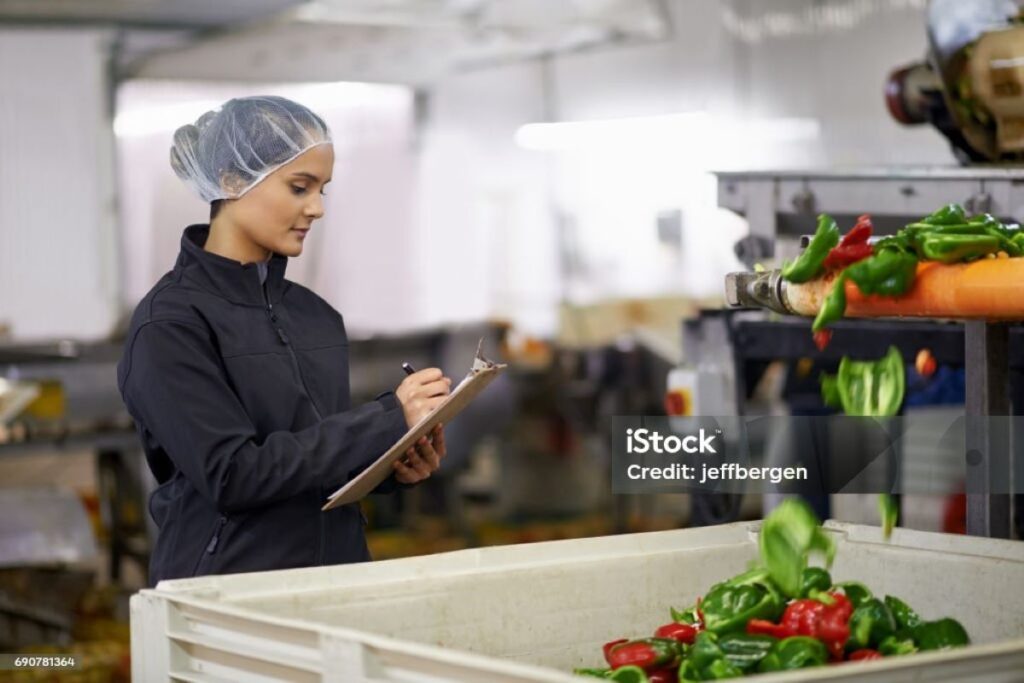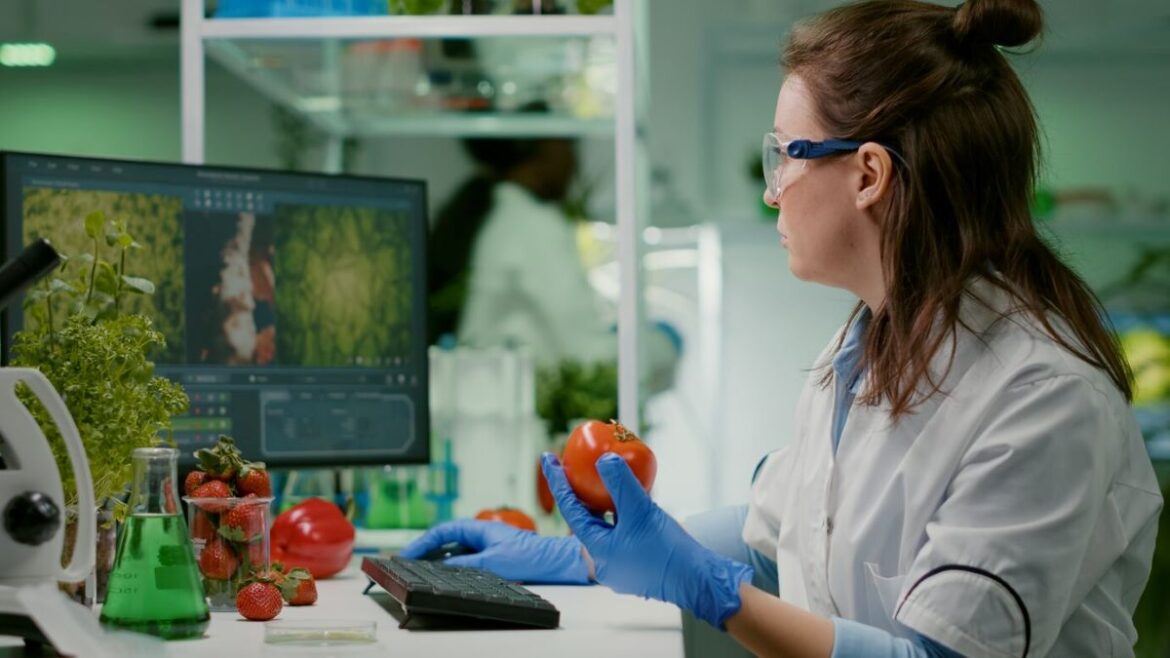Wireless temperature monitoring systems have transformed operational efficiency across Australian industries, providing real-time tracking and automated data collection capabilities. These advanced systems use smart sensors, cloud connectivity, and intelligent software to maintain precise temperature control in critical environments.
Accurate temperature monitoring is crucial in:
- Healthcare facilities – safeguarding temperature-sensitive medications and vaccines
- Food service operations – ensuring compliance with food safety regulations
- Logistics and supply chains – preserving the integrity of the cold chain
- Manufacturing plants – protecting quality control processes
This comprehensive guide explores Australia’s top wireless temperature monitoring solutions, highlighting key features, industry applications, and emerging trends. Readers will discover:
- Essential system components and functionality
- Critical features for regulatory compliance
- Leading providers in the Australian market
- Industry-specific applications and benefits
- Future developments in monitoring technology
With this knowledge, organisations can make informed decisions when choosing a temperature monitoring system that meets their operational needs and compliance requirements.
Understanding Wireless Temperature Monitoring Systems
Wireless temperature monitoring systems are advanced networks of connected devices that are designed to capture, send, and analyse temperature data in real-time. These systems have three main parts:
1. Smart Sensors and Transmitters
- Precision-engineered wireless sensors with built-in temperature probes
- Battery-powered devices with extended life spans
- Configurable measurement intervals from seconds to hours
- Transmission ranges up to 100 metres in typical installations
2. Gateway Devices
- Central hub collecting data from multiple sensors
- Ethernet or cellular connectivity for cloud transmission
- Local data storage capabilities during network outages
- Signal amplification for extended coverage areas
3. Cloud-Based Management Platform
- Secure data storage and processing capabilities
- Real-time analytics and reporting functions
- Mobile app integration for remote monitoring
- API connectivity for third-party system integration
The Internet of Things (IoT) technology is the foundation of these systems, allowing for smooth data transmission and system management. Using IoT protocols, these systems can:
- Push automatic firmware updates to sensors
- Adjust measurement parameters remotely
- Scale monitoring networks without physical intervention
- Integrate with existing building management systems
The combination of wireless sensors and IoT capabilities creates a strong infrastructure for continuous temperature monitoring across multiple locations, enabling businesses to maintain precise environmental control and regulatory compliance. This is particularly beneficial in sectors such as healthcare, agriculture, and food safety where real-time temperature monitoring is crucial.
Key Features to Look for in a Wireless Temperature Monitoring System
A robust wireless temperature monitoring system, such as those offered by Securitas Healthcare, requires specific features to deliver reliable performance and regulatory compliance. Here are the essential capabilities to evaluate:
1. Real-Time Alert Systems
- Immediate SMS notifications when temperatures breach set thresholds
- Email alerts for non-urgent temperature fluctuations
- Automated phone calls for critical situations requiring urgent response
- Customisable alert settings based on severity levels
2. Automated Compliance Reporting
- Digital documentation of temperature readings at set intervals
- Custom threshold settings aligned with regulatory requirements
- Automated generation of audit-ready reports
- Secure data storage with timestamp verification
- Integration capabilities with existing quality management systems
3. NIST Traceable Calibration
- Sensors calibrated to National Institute of Standards and Technology specifications
- Digital certificates accessible through cloud platforms
- Regular recalibration schedules with automated reminders
- Documentation trails for regulatory inspections
4. Data Management Capabilities
- Cloud-based storage for historical temperature data
- Export functions for regulatory submissions
- Graphical representations of temperature trends
- Multi-site monitoring and centralised dashboard access
These features create a comprehensive monitoring system that safeguards temperature-sensitive assets while maintaining regulatory compliance standards across Australian industries.
Top Wireless Temperature Monitoring Systems in Australia
Australia’s market offers several sophisticated wireless temperature monitoring solutions, each bringing unique capabilities to various industries. Here’s an analysis of the leading systems:
1. Squizify
- Advanced compliance software integration
- Real-time temperature monitoring across multiple locations
- Customisable checklists and automated record-keeping
- Comprehensive food safety management system
- 24/7 live support and data accessibility
- Specialised solutions for healthcare, hospitality, and retail sectors
2. Sensitech
- High-precision temperature sensors
- Cold chain monitoring expertise
- GPS-enabled tracking capabilities
- Industry-specific data loggers
- Validated system for pharmaceutical transport
- Extended battery life for long-term monitoring
3. Swift Sensors
- Cloud-based monitoring platform
- Wireless mesh network technology
- Multi-parameter sensing capabilities
- Easy-to-use dashboard interface
- Scalable deployment options
- Quick installation and configuration
These systems demonstrate the technological advancement in Australian temperature monitoring solutions. Each provider offers distinct advantages – Squizify excels in compliance and operational management, Sensitech specialises in transport monitoring, while Swift Sensors provides versatile deployment options. The choice depends on specific industry requirements, scale of operations, and compliance needs.

Industry Applications of Wireless Temperature Monitoring Systems in Australia
Wireless temperature monitoring systems serve critical roles across diverse Australian industries, with particularly vital applications in healthcare and food service sectors.
Healthcare Applications
Medical facilities require precise temperature control for:
- Vaccine Storage: Maintaining vaccines at -70°C to 8°C
- Blood Bank Management: Strict monitoring of blood products at 2-6°C
- Laboratory Specimens: Temperature-sensitive diagnostic materials
- Pharmaceutical Storage: Medication preservation at specified temperatures
These systems enable real-time monitoring of ultra-low freezers, helping facilities maintain compliance with Therapeutic Goods Administration (TGA) requirements.
Food Service and Retail Implementation
Temperature monitoring systems protect food safety through:
- Cold Room Monitoring: 24/7 surveillance of refrigeration units
- Transport Temperature Control: Tracking perishables during delivery
- Display Case Management: Ensuring optimal temperatures for fresh produce
- HACCP Compliance: Automated documentation for food safety protocols
The technology has transformed supermarket operations by:
- Reducing food waste through early detection of cooling system failures
- Streamlining compliance documentation
- Supporting quality assurance in fresh food departments
- Enabling automated temperature logs for audit purposes
These applications demonstrate the systems’ role in maintaining product integrity and public safety across Australia’s healthcare and food service sectors.
Benefits and Challenges of Adopting Wireless Temperature Monitoring Systems
The implementation of wireless temperature monitoring systems delivers substantial operational advantages while presenting specific challenges that require careful consideration.
Key Benefits:
- Automated Data Collection: Eliminates manual temperature logging, reduces human error in record-keeping, and saves 2-3 hours daily in staff time.
- Real-time Monitoring: Provides instant alerts for temperature breaches, enables rapid response to potential issues, and prevents product loss.
- Enhanced Compliance: Offers digital audit trails for TGA requirements, automated reporting capabilities, and simplified regulatory documentation.
Implementation Challenges:
- Initial Investment: Includes hardware procurement costs, software licensing fees, and staff training requirements.
- Technical Considerations: Involves network connectivity reliability, battery life management, and system maintenance needs.
The shift from manual to automated monitoring transforms operational efficiency through precise data collection and streamlined compliance processes. Australian businesses report up to 30% reduction in compliance-related labour costs after system implementation. The automated alerts enable proactive temperature management, reducing product waste by approximately 20%.
Wireless monitoring systems integrate seamlessly with existing quality management protocols, supporting adherence to Australian regulatory standards. The digital transformation of temperature monitoring practices strengthens operational resilience and ensures consistent regulatory compliance across various industry sectors.
Future Trends in Wireless Temperature Monitoring Technology
The world of wireless temperature monitoring is changing quickly. It’s no longer just about keeping an eye on one thing. Now, with the help of technology, we can monitor multiple things at once. This means we can have a complete view of our surroundings and make better decisions based on that information.
1. Advanced Sensor Integration
One of the key trends in this evolution is the integration of advanced sensors into monitoring systems. These sensors allow us to track various environmental factors that may impact our operations or products.
Some examples include:
- Humidity tracking for moisture-sensitive environments
- Differential pressure monitoring in cleanrooms and laboratories
- Water leak detection systems for facility protection
- CO2 level measurement for indoor air quality management
By combining these different types of data, businesses can gain a deeper understanding of their environment and make more informed decisions.
2. Smart Analytics and AI Integration
Another exciting development is the use of artificial intelligence (AI) in monitoring systems. AI has the potential to analyse large amounts of data quickly and accurately, identifying patterns and making predictions that humans may not be able to do as effectively.
With AI-powered analytics, businesses can:
- Predict potential equipment failures before they happen
- Optimise energy consumption based on real-time usage patterns
- Generate automated maintenance schedules to minimise downtime
- Provide decision-makers with instant insights into operational performance
This level of automation and intelligence will greatly improve efficiency and reduce costs for organisations across various industries.
3. Enhanced Connectivity Options
Wireless temperature monitoring relies on robust connectivity solutions to transmit data from sensors to centralised platforms or applications. As technology continues to advance, we can expect new developments in this area as well.
Some potential enhancements include:
- 5G compatibility for faster data transmission speeds
- Mesh networking capabilities for improved coverage in large facilities
- Extended battery life through power optimisation techniques
- Increased range and signal penetration for remote locations
These advancements will ensure that monitoring systems remain reliable even in challenging environments where traditional connectivity methods may struggle.
4. Integration with Other Systems
In addition to these trends, we also anticipate greater integration between wireless temperature monitoring solutions and other technologies used within organisations.
For example:
- Integration with building management systems (BMS) to control HVAC operations based on temperature readings
- Connection with enterprise resource planning (ERP) software for seamless inventory management based on storage conditions
- Collaboration with supply chain management platforms for real-time visibility into product conditions during transportation
By breaking down silos between different departments or functions within a business, such integrations can lead to more efficient processes and better overall performance.
5. Focus on Sustainability
As sustainability becomes an increasingly important focus for businesses worldwide, we expect this trend will also influence the future development of wireless temperature monitoring technology.
Monitoring solutions that enable companies to:
- Track energy usage patterns and identify areas for improvement
- Measure carbon emissions associated with their operations or supply chains
- Ensure compliance with environmental regulations
will be highly sought after as organisations strive towards their sustainability goals.
These emerging trends indicate that wireless temperature monitoring is evolving into something much more powerful than just tracking temperatures remotely. It has the potential to become an integral part of comprehensive environmental management strategies adopted by forward-thinking companies looking to stay competitive in today’s market.

Conclusion
Choosing the right wireless temperature monitoring system requires careful consideration of key factors that directly affect operational success. Evaluating accuracy ratings, compliance documentation capabilities, and responsive customer support is essential for finding a reliable monitoring solution.
The best wireless temperature monitoring systems in Australia change traditional manual processes into efficient, automated workflows. These advanced systems provide:
- Real-time visibility into temperature-sensitive environments
- Automated compliance reporting
- Instant alerts for temperature deviations
- Data-driven insights for operational improvements
Wireless temperature monitoring technology is crucial for maintaining product safety and quality in healthcare, food service, and logistics industries. As Australian businesses face stricter regulations, these systems become vital tools for staying compliant while improving operational efficiency.
When selecting a provider, prioritise solutions with comprehensive features, proven reliability, and dedicated local support to ensure long-term success in temperature-critical operations.
More to Read : How Food Temperature Monitoring Improves Safety and Compliance


